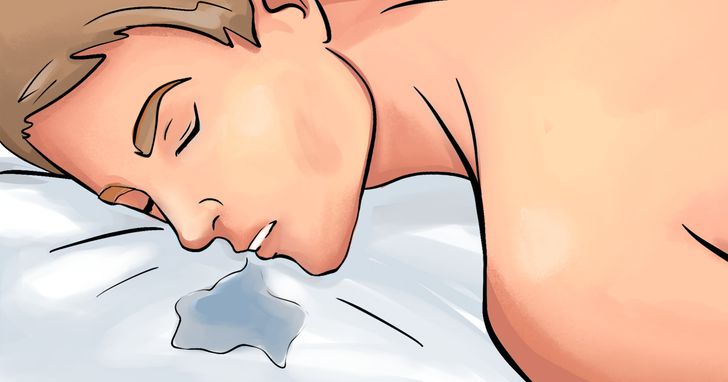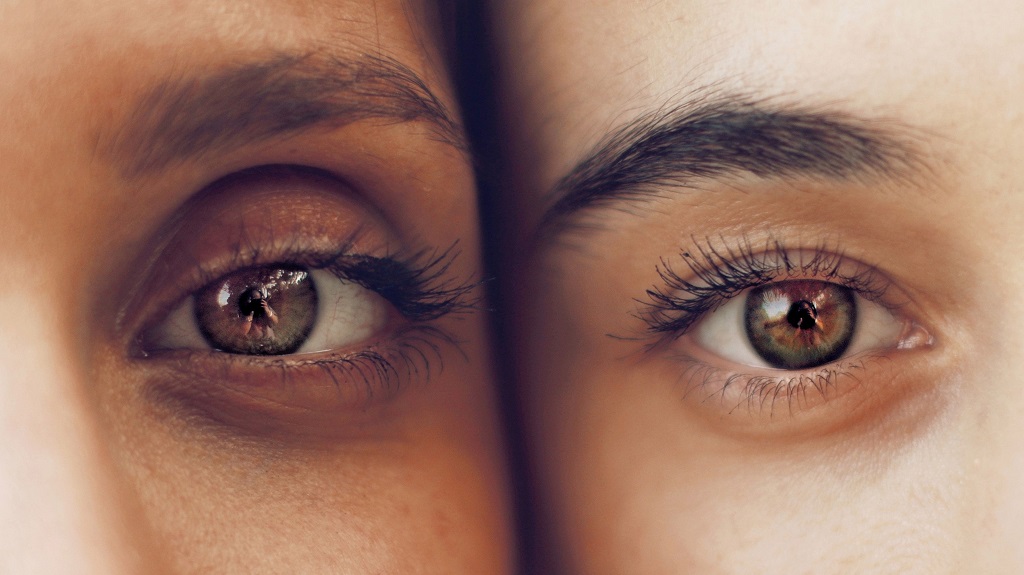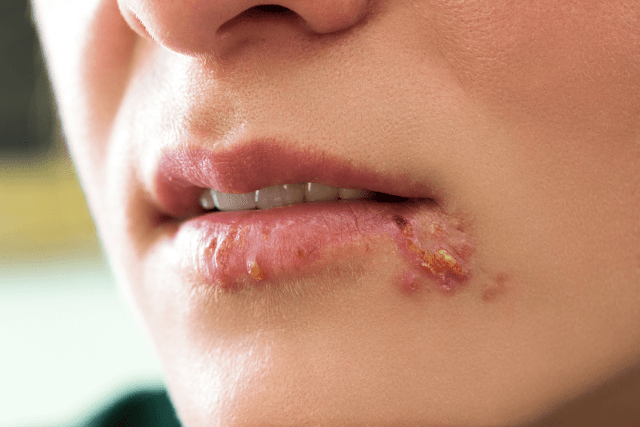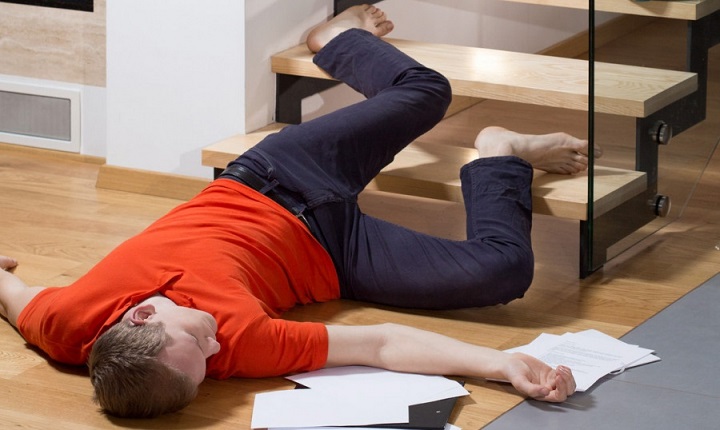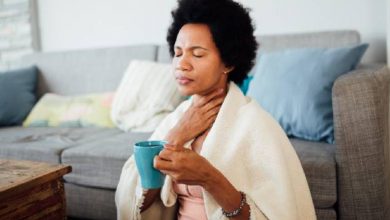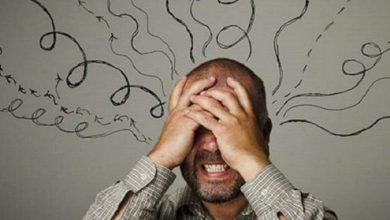What is lordosis? Causes and methods of treatment
Lordosis is a severe curvature of the spine. This difference is different from the spine’s normal curvature in the chest and back and near the neck. The spine’s natural curves place the head on the pelvis and act as a shock absorber to distribute mechanical pressure during movement.
Lordosis is found in all age groups, and this problem mainly affects the spine, but it can also occur in the neck. When it appears in the lumbar spine, the patient’s buttocks may become prominent and change in general. It can also be painful and sometimes affect movement.
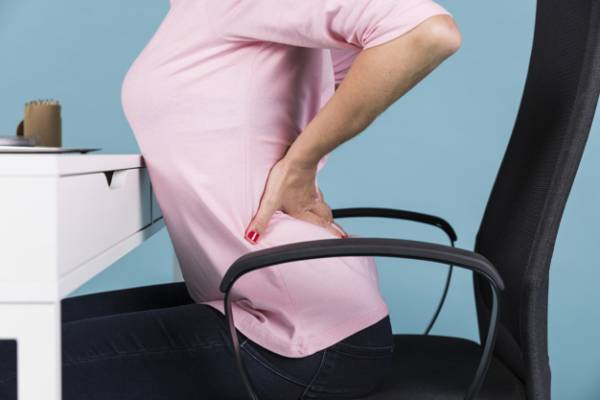
Factors affecting lordosis:
Some disease processes can affect the structural cohesion of the spine and contribute to lordosis. Some of the major causes are obesity and osteoporosis.
Disc inflammation
Kyphosis may put pressure on the back to compensate for lordosis imbalance in the upper spine.
Obesity causes people to bend backward to improve balance. This hurts physical condition.
Osteoporosis is a disease of bone density that can cause the bones to loosen and disrupt the spine’s structure.
Spondylolisthesis occurs when a vertebra moves forward, usually in the lumbar spine.
What causes lordosis?
As mentioned in Wet Health, lordosis can affect people of any age, and certain conditions and factors can increase the risk of lordosis. As:
Spondylolisthesis:
Spondylolisthesis is a disease of the spine in which one of the lumbar vertebrae descends to the bone. It usually gets better with treatment or surgery.
Achondroplasia:
Achondroplasia is one of the most common complications of dwarfism.
Osteoporosis:
Osteoporosis is a bone disease that causes a loss of bone density and an increased risk of fractures.
Osteoarthritis:
Osteosarcoma is a bone cancer that develops near the knee or upper arm bone near the shoulder.
Obesity:
Obesity is a worldwide disease that puts people at risk of severe diabetes, heart disease, and cancer.
What are the types of lordosis?
Lumbar or spinal cord lordosis is the most common type. The easiest way to check this position is to lie on your back on a flat surface. You should be able to put your hand under your waist. A person with lordosis will have a lot of space between the core and the ground.
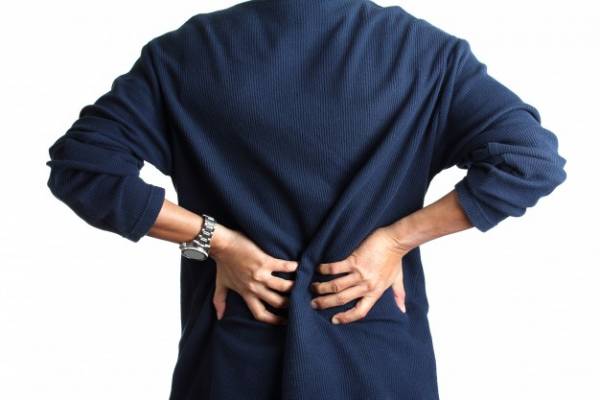
What are the symptoms of low back pain?
People with low back pain have the most common symptoms of low back muscle pain. When your spine bends abnormally, your muscles stretch in different directions, causing them to contract or expand.
If you have a sore throat, the pain can spread to your neck, shoulders, and back of the neck. You may also experience the limited movement of your neck or lower back. You can check your space by lying on a flat surface and examining the distance from the neck to the waist.
Pediatric lordosis:
Lordosis occurs in children for no apparent reason. This happens when the muscles around your baby’s buttocks become weak or stiff. Lordosis usually resolves as children get older.
A lumbar arch can also be a sign of a protruding hip joint, especially if your child has been in a car accident or fallen somewhere. Other conditions that can increase lordosis in children are usually related to the nervous system and muscle problems.
Lordosis in pregnant women:
Many pregnant women suffer from low back pain and have lordosis symptoms, bulging abdomen, and buttocks. But research shows that lordosis during pregnancy is your backbone to change your center of gravity. General pain may be due to changes in your body’s blood flow, and the pain goes away after delivery.
How is lordosis diagnosed?
Your doctor will review your medical history, perform a physical exam, and use other symptoms to determine the extent of your lumbar arch. They consider the following:
Is lordosis flexible or not?
The size of your range of motion
Your spine level or not?
Is there another anomaly?
How can lordosis be treated?
Most people with lordosis do not need medical treatment unless their condition is severe. Treatment depends on the severity of the sore throat and other symptoms. Treatment options include:
Medication to reduce pain and swelling
Daily physiotherapy, muscle strengthening, and range of motion
Weight loss will be followed by fatigue and constant tiredness
Surgery, in severe cases with neurological problems
Use dietary supplements such as vitamin D.
Prevent lordosis weight loss
Lordosis does not cause significant health problems in most people. But having a healthy spine is essential because the range is responsible for a lot of our movements and flexibility. If the lordosis is not treated, it can lead to long-term discomfort and increased risk in these organs:
Spinal cord
thigh
legs
internal organs
How can lordosis be prevented?
While there are no specific guidelines for preventing lordosis, there are some exercises you can do to keep your spine in good shape.
exercises:
Raise your shoulder
Tilt your neck
yoga
Raise your leg
Prolonged standing may change the curve of your spine. According to one study, sitting on the waist curve is significantly reduced. Try to rest. You also want to make sure that your seat has adequate support. It would help if you had yoga mats for ground exercises.
When should I see a doctor?
If lordosis improves when bending, you do not need treatment, but if lordosis bends and lordosis remains (curve is not flexible), you should seek treatment. If you have pain, you should seek treatment.

